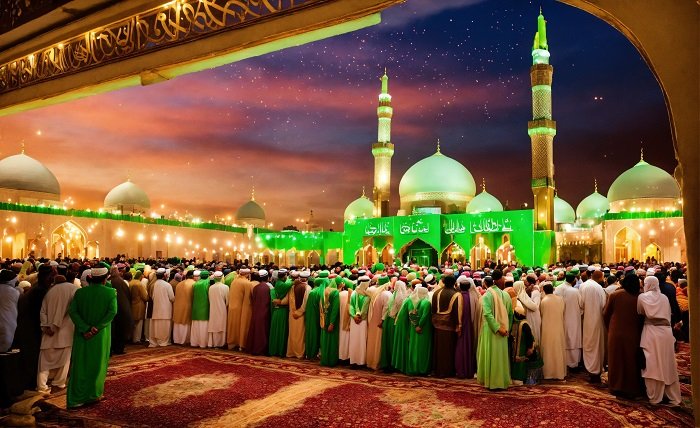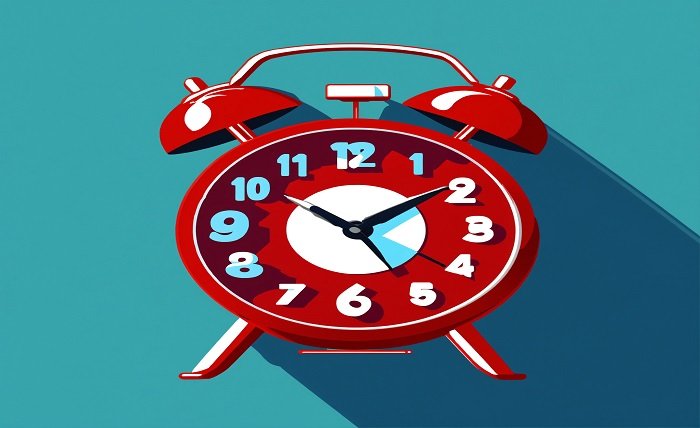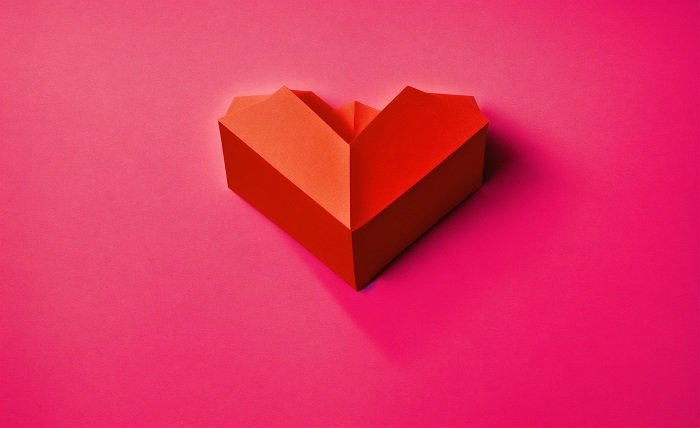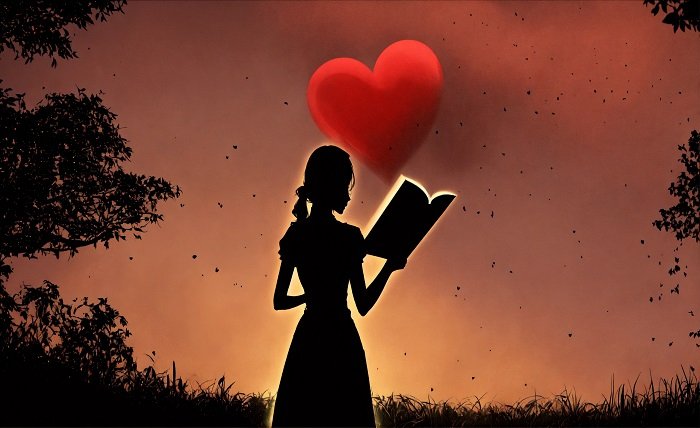
Every year, millions of Muslims around the world search for Eid kab hai because Eid is one of the most important Islamic festivals. The answer to Eid kab hai depends on the lunar calendar, as Islamic months begin and end with the sighting of the crescent moon. Knowing Eid kab hai helps families plan prayers, gatherings, and charity. Both Eid al-Fitr and Eid al-Adha are celebrated worldwide, and the question of Eid kab hai is central to religious observance and preparation.
The Significance of Asking Eid Kab Hai in Islamic Tradition
Muslims always wonder Eid kab hai because Eid marks joy, gratitude, and devotion. The significance of Eid kab hai lies in its connection to major acts of worship. For Eid al-Fitr, the question Eid kab hai follows the completion of Ramadan, while Eid al-Adha’s answer to Eid kab hai depends on the Hajj pilgrimage. Determining Eid kab hai is not just about dates—it reflects deep spirituality, community unity, and remembrance of Allah’s blessings. When Muslims ask Eid kab hai, they are also asking when to share food, prayers, and happiness with loved ones.
How Eid Kab Hai is Decided According to the Lunar Calendar
The answer to Eid kab hai is based on the Islamic lunar calendar, which follows moon cycles. To know Eid kab hai, scholars look for the crescent moon marking the new month. Since lunar months are shorter than solar months, Eid kab hai shifts every year by around 10–11 days in the Gregorian calendar. This makes Eid kab hai fall in different seasons across years. Some countries rely on physical moon sightings to declare Eid kab hai, while others use astronomical calculations. Regardless of method, the announcement of Eid kab hai brings excitement and preparation worldwide.
Eid Kab Hai for Eid al-Fitr and Eid al-Adha
When Muslims ask Eid kab hai, they often mean either Eid al-Fitr or Eid al-Adha. For Eid al-Fitr, the question Eid kab hai depends on the end of Ramadan. Eid al-Fitr marks breaking the fast, so Eid kab hai is the first day of Shawwal. For Eid al-Adha, the question Eid kab hai is tied to the Hajj pilgrimage, taking place on the 10th of Dhul-Hijjah. Thus, Muslims worldwide anticipate Eid kab hai twice every year with great devotion. Whether it is after fasting or during the season of sacrifice, Eid kab hai is always a joyous occasion.
Why People Search Online for Eid Kab Hai Every Year
The phrase Eid kab hai trends globally because Muslims rely on accurate information to prepare for celebrations. In modern times, technology has made knowing Eid kab hai much easier, with apps, websites, and live moon sighting updates. Families often ask Eid kab hai so they can plan travel, shopping, and gatherings. Businesses also prepare for increased demand when people ask Eid kab hai during festive seasons. The widespread search for Eid kab hai shows how central Eid is to culture, economy, and social life. From prayer schedules to feasts, knowing Eid kab hai is essential for planning.
Cultural and Regional Differences in Announcing Eid Kab Hai
While the entire Muslim world celebrates Eid, the answer to Eid kab hai can differ between countries. For example, Saudi Arabia may declare Eid kab hai earlier due to their moon sighting, while South Asian countries like Pakistan, India, and Bangladesh may announce Eid kab hai a day later. These regional differences in Eid kab hai often spark debates but also highlight cultural diversity. Despite variations, the joy of hearing Eid kab hai unites Muslims across borders. Families in different countries may celebrate Eid kab hai on slightly different dates, but the spirit remains the same.
Preparations Begin Once People Know Eid Kab Hai
Once the announcement of Eid kab hai is official, preparations begin immediately. Knowing Eid kab hai allows families to buy new clothes, prepare traditional dishes, and organize prayers. Children become excited when parents say Eid kab hai, as it means gifts, sweets, and celebrations are near. Communities arrange charity distribution after learning Eid kab hai, ensuring everyone shares the joy. From decorating homes to booking travel, the confirmation of Eid kab hai sets everything in motion. The anticipation of Eid kab hai is as joyful as the festival itself.
Conclusion
In conclusion, the question Eid kab hai is more than just a date—it is a symbol of unity, faith, and celebration. Muslims eagerly await announcements of Eid kab hai to prepare spiritually and socially. Whether it is Eid al-Fitr marking the end of fasting or Eid al-Adha celebrating sacrifice, the phrase Eid kab hai carries deep meaning. Each year, asking Eid kab hai reminds the community of shared traditions, love, and gratitude. No matter where you live, the happiness of finding out Eid kab hai brings Muslims together in prayer and joy.
FAQs
1. Why does Eid kab hai change every year?
Eid kab hai changes yearly because the Islamic calendar is lunar, making it shorter than the solar Gregorian calendar.
2. Is Eid kab hai the same in every country?
Not always. Eid kab hai may differ by a day or two between regions due to moon sighting practices.
3. How do Muslims know Eid kab hai officially?
Muslim authorities announce Eid kab hai after confirming moon sightings or using astronomical calculations.
4. Which is more common to ask: Eid kab hai for Eid al-Fitr or Eid al-Adha?
Both are common, but people usually ask Eid kab hai for Eid al-Fitr more because it follows Ramadan fasting.
5. Why is knowing Eid kab hai important?
Knowing Eid kab hai is crucial for planning prayers, charity, family gatherings, and community celebrations.


